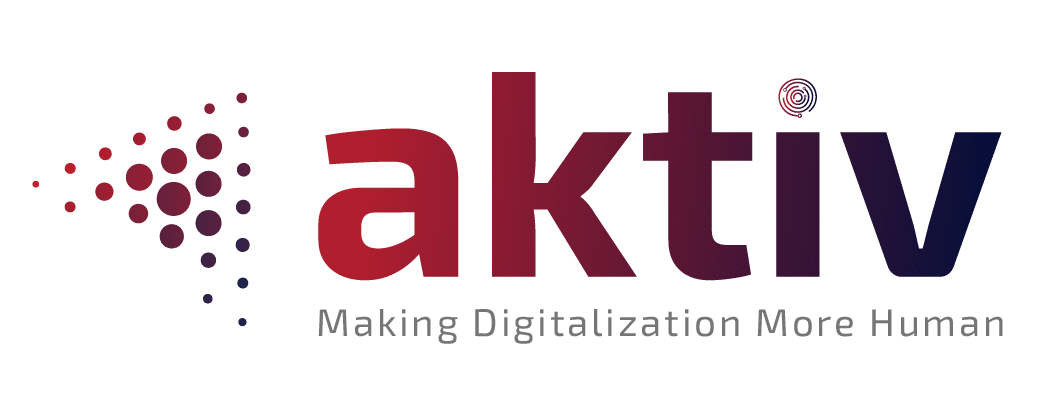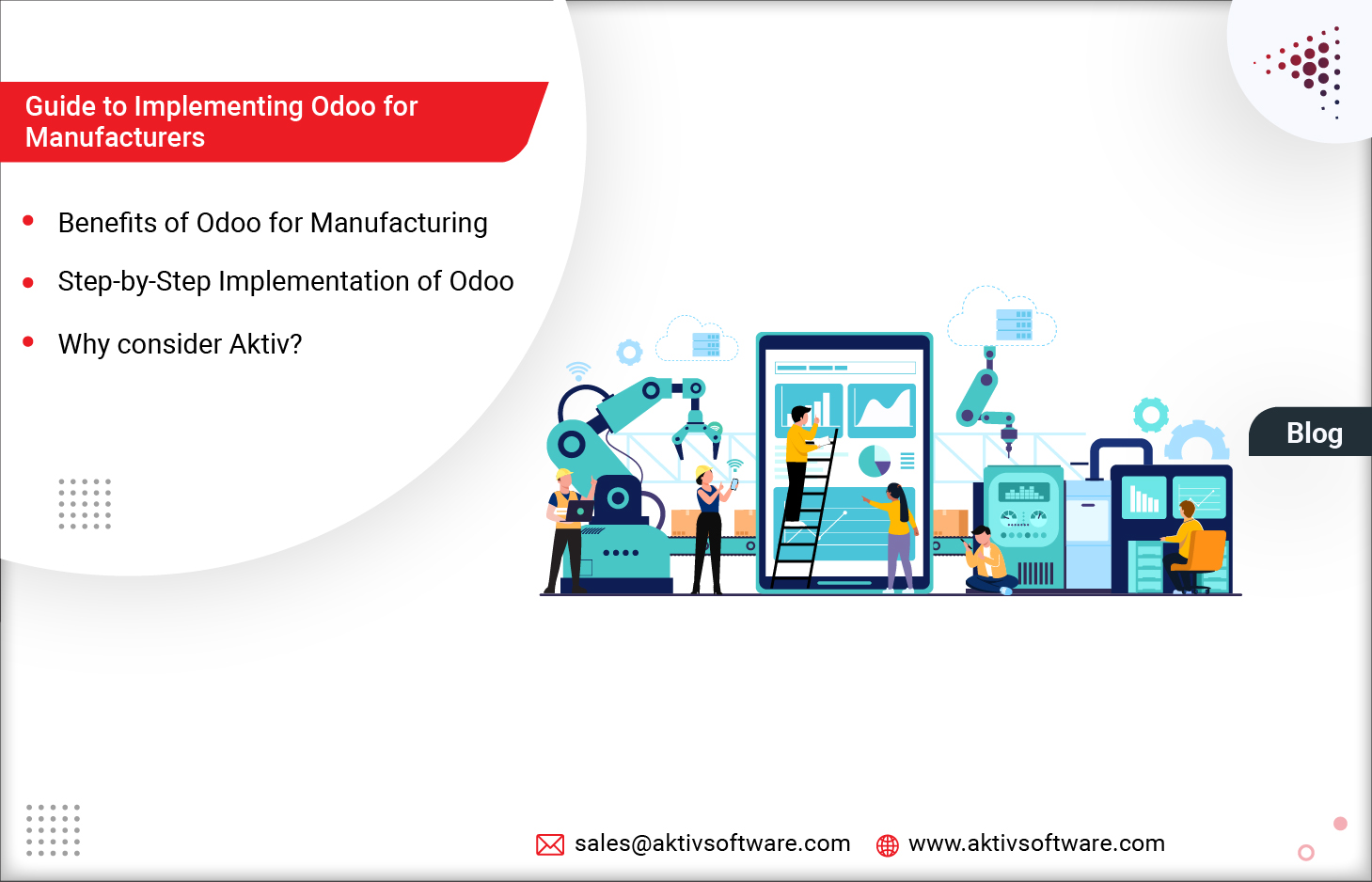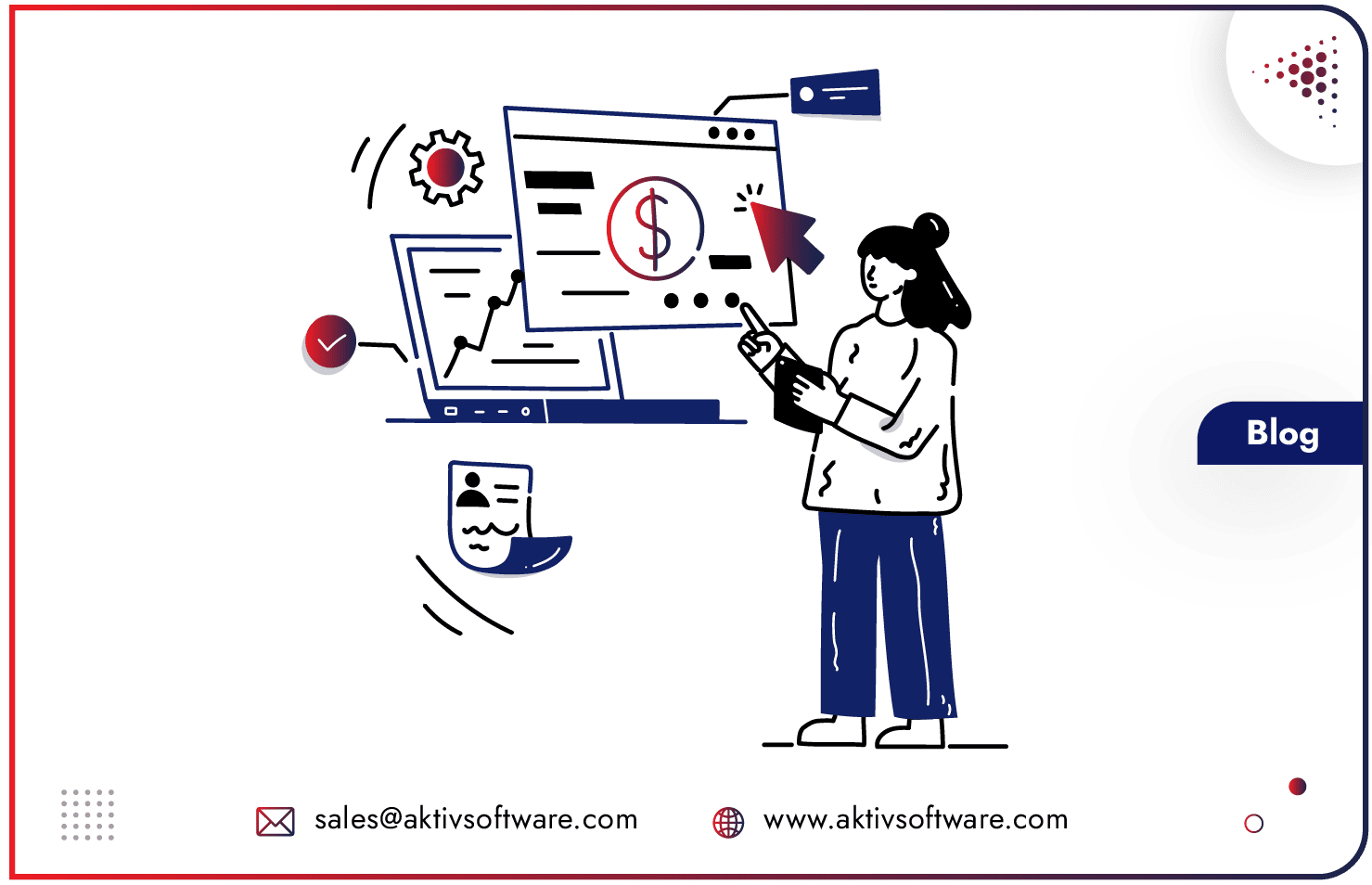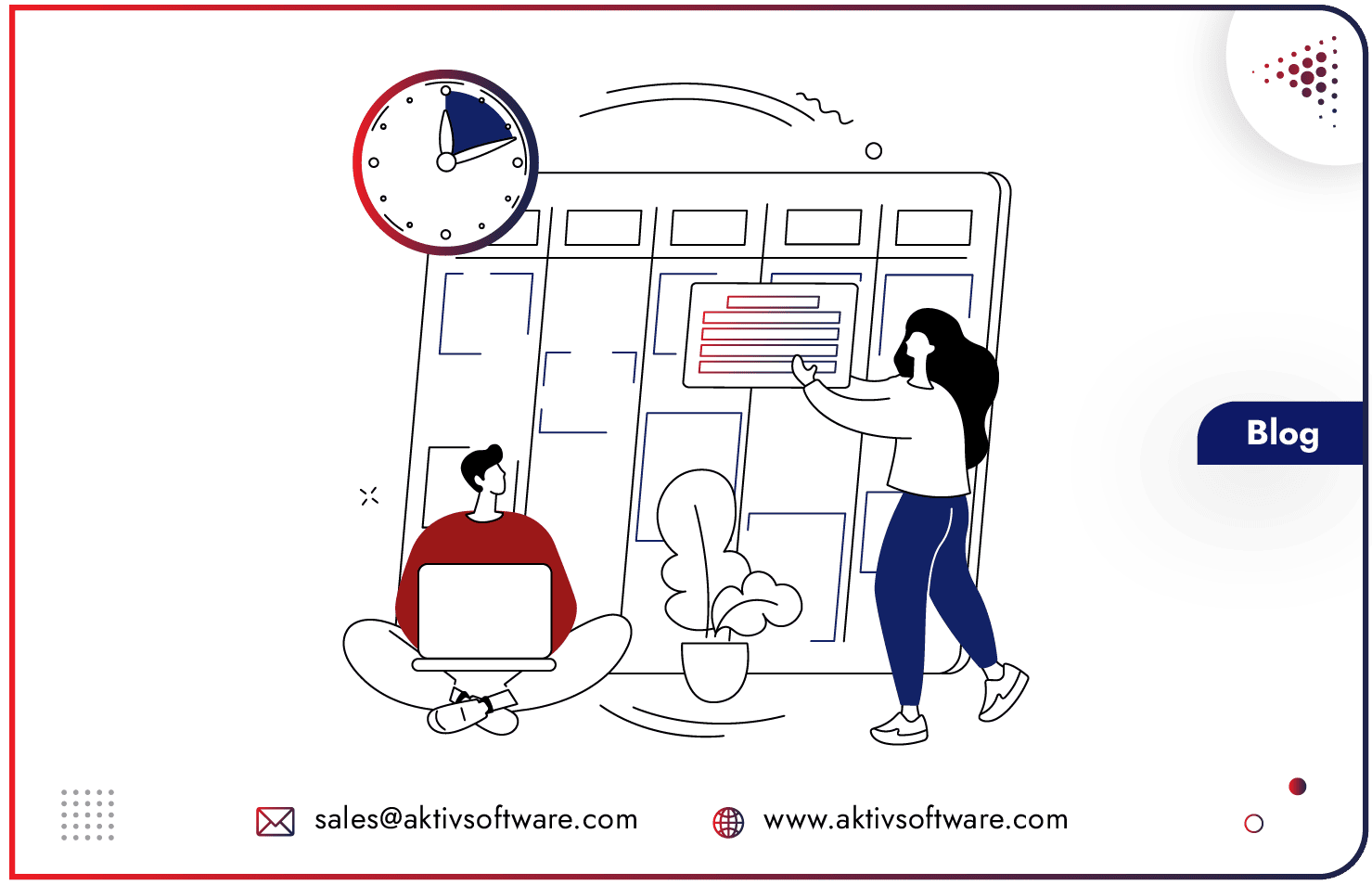Modern Manufacturing businesses run very differently as compared to how traditional manufacturing businesses used to run about a decade or two ago. Manufacturing companies strive to optimize their operations, improve efficiency, and enhance productivity to meet the increasing customer demands and stay competitive.
Many manufacturers are turning to robust enterprise resource planning (ERP) software like Odoo to achieve these goals. This comprehensive guide will explore the benefits of implementing Odoo for manufacturing businesses and the key steps to implement this versatile platform successfully.
Explore the Benefits of Odoo for Manufacturing
Odoo provides numerous advantages for manufacturing companies, making it an attractive choice for business transformation. Odoo’s set of powerful apps and their features can help a manufacturing business manage all of its operations under a single umbrella. Some of the key benefits include:
Streamlined Production Management:
Odoo’s Manufacturing app facilitates seamless production planning, precisely managing bills of materials (BOMs) and routing operations. You can manage Manufacturing Orders, Work Orders, and Work Centers using barcodes to automate & speed up various manufacturing operations. This dynamic set of functionalities translates into reduced lead times, increased production outputs, and optimal resource utilization.
Accurate Inventory Control:
The Inventory app empowers manufacturers with real-time inventory tracking. You can configure warehouses and locations and manage the storage and processing of your products in an organized manner. This translates to enhanced control over stock levels, minimized stockouts, and cost-effective inventory management.
Quality Assurance Excellence:
With Odoo’s Quality app, manufacturers can establish and monitor comprehensive quality control processes by setting up control points, triggering quality alerts and performing quality checks. The result? The ability to set up quality checks, manage defects, and ensure that products meet the highest industry standards.
Advanced Scheduling & Planning:
The Scheduling and planning features of Odoo optimize production scheduling, aligning it with resource availability and demand. Real-time adjustments ensure efficient workflows and on-time order fulfilment.
Comprehensive Maintenance Management:
Odoo’s Maintenance app enables proactive equipment upkeep. You can perform Preventive and corrective Maintenance, which leads to reduced downtimes and prolonged machinery life.
Robust Reporting & Analytics:
Odoo’s Reporting capabilities offer data-driven insights into all facets of manufacturing. You get a full upstream traceability report on the components used during the manufacturing process, track the cost of each manufacturing order based on the cost of the components and the cost of your operations (labour or material) and analyze your work centres loads, the productivity losses and track your overall equipment effectiveness (OEE).
How to Successfully Implement Odoo for Manufacturing?
Once you have decided to use Odoo for your Manufacturing business, it is important to consider a few points to ensure successful & timely Odoo Implementation. The key areas to keep in consideration are:
- Partner Selection
- Pre-Implementation Planning
- Configuration & Customization
- Training & Testing
- Go-live & Post-Implementation Support
Let’s deep dive into each of these above-mentioned criteria for a successful Odoo Implementation for your Manufacturing business:
1. Odoo Implementation Partner Selection
Choosing the right Odoo Implementation partner sets the tone for your project’s success. When evaluating potential partners, keep a keen eye on these critical factors to ensure a seamless transition:
Expertise and Industry Experience: Look for partners with a solid track record of Odoo implementations, especially within the manufacturing sector. Understanding the industry’s nuances enables them to tailor Odoo solutions to your unique needs.
Consultative Approach: A partner should be a collaborative consultant rather than just a service provider. They should take the time to understand your business processes, pain points, and goals to provide tailored solutions.
Technical Proficiency: A partner with deep technical expertise in Odoo’s capabilities ensures that your implementation is optimized for efficiency and performance.
Change Management Skills: Implementing a new ERP system involves organizational change. A partner experienced in change management can guide your teams through this transition smoothly.
Support and Maintenance: Post-implementation support is crucial. A reliable partner should offer ongoing support and maintenance to address any issues that may arise.
Why consider Aktiv as your Odoo Implementation Partner?
Our extensive experience implementing Odoo across various industries, including manufacturing, showcases their in-depth understanding of the software’s potential. We don’t just possess technical prowess; we comprehend the strategic implications of integrating Odoo into manufacturing workflows.
Request a free consultation call to learn more about our Implementation process and standards.
2. Pre-Implementation Planning
Once you have selected the right Odoo Partner to support your implementation project, the next step is to carry out meticulous Pre-Implementation Planning. This phase sets the tone for the entire project and involves several crucial steps:
Consultation and Collaboration: Sharing your business objectives, current pain points, and future aspirations helps your implementation partner understand your business context. Their expertise can provide valuable insights into how Odoo’s functionalities can be tailored to your needs.
Requirement Gathering: Thorough requirement gathering is the backbone of a successful Odoo implementation. Your team and your partner should document all aspects of your manufacturing processes. From production workflows to inventory management, quality control, and beyond, capturing these details ensures the system is configured to mirror your real-world operations.
Scoping and Project Planning: Collaborate with your partner to define the project’s scope. Clearly outline which Odoo modules and functionalities will be customized to align with your manufacturing processes. Create a detailed project plan that covers timelines, milestones, resource allocation, and potential challenges.
Data Evaluation and Migration Strategy: Assess your existing data and determine what needs to be migrated to Odoo. This stage involves cleansing and mapping data to fit the new system’s structure. A robust data migration strategy ensures a seamless transfer, preserving data accuracy and integrity.
Customization Blueprint: Working closely with your partner, create a blueprint that outlines the customization requirements. Tailor Odoo’s features to match your specific manufacturing workflows. However, the goal should be to minimize customizations as much as possible.
<style=”color: #2c2c2c; font-family: Poppins, sans-serif; font-size: 35px; letter-spacing: 0px;”>
3. Configuration & Customization
With a well-crafted pre-implementation plan, the next crucial phase is configuring and customizing Odoo for Manufacturing according to your business processes and workflows seamlessly. This phase involves several essential steps to ensure that Odoo becomes an effective tool for your specific business needs:
Module Selection and Setup: Working closely with your Odoo partner, select the relevant modules that align with your manufacturing processes. Set up these modules to reflect your workflow, from order processing to inventory management, production planning, quality control, and more.
Bills of Materials (BOMs) and Routing: Configure the BOMs and routing operations in Odoo to mirror your manufacturing requirements and carry out the necessary customizations to support unique processes. This involves defining the components, raw materials, and sub-assemblies needed for each product and establishing the routing steps for the production process.
Quality Control Workflows: Configure the quality control module to match your organization’s quality assurance processes. Establish inspection points, testing criteria, and documentation requirements to ensure products meet stringent quality standards.
Inventory Management Setup: Tailor Odoo’s inventory management module to manage your stock levels effectively. Set up warehouses, define stock locations, and configure reorder points to optimize inventory levels and reduce stockouts.
Planning & Scheduling: Utilize Odoo’s resource planning tools to efficiently allocate labour, machinery, and materials. Customize the scheduling and planning features to create production schedules that align with resource availability and demand.
Reporting and Analytics Customization: Customize Odoo’s reporting and analytics capabilities to generate insights relevant to your manufacturing operations. Create dashboards and reports that provide real-time visibility into key performance indicators, allowing you to make informed decisions.
User Interface Customization: Tailor the user interface of Odoo to match your team’s preferences and workflows. Arrange menus, forms, and views to streamline navigation and enhance user experience.
4. Training & Testing
As your configured and customized Odoo system takes shape, you must ensure your teams are well-prepared to adopt and utilize the new solution effectively. This phase involves comprehensive training and rigorous testing to guarantee a smooth transition:
End-User Training: Design and conduct tailored training sessions for various user roles within your manufacturing organization. These sessions should cover navigating the system, entering data, performing tasks, and generating reports. Your Odoo Partner will help you with the training by adopting the ‘Train-the-trainer’ approach or directly providing the end-user training. Providing hands-on training ensures that your teams feel confident using Odoo’s functionalities.
Scenario-Based Workshops: Organize workshops that simulate real-world manufacturing scenarios. This practical approach allows your teams to apply their newly acquired knowledge to situations they encounter daily. It reinforces their understanding and prepares them to handle diverse tasks within Odoo.
User Acceptance Testing (UAT): Conduct thorough user acceptance testing to identify discrepancies between the Odoo system and your manufacturing requirements. Engage end-users to validate the system’s functionality, ensuring it aligns with their needs and expectations.
Data Migration Testing: Test data migration from your previous system to Odoo. Verify the accuracy and integrity of the migrated data to avoid disruptions during the go-live phase.
Feedback Collection: Encourage your teams to provide feedback on the training sessions and the system’s usability. This valuable input can highlight areas needing further clarification or adjustments before the go-live.
Go-live & Post-Implementation Support
With training and testing completed, it’s time to take your customized Odoo system live and ensure ongoing support for a seamless transition and sustained success:
Data Migration and Go-Live Strategy: Execute the final data migration from your previous system to Odoo. Ensure that the data is accurately transferred and aligned with your manufacturing processes. Deploy a well-defined go-live strategy that includes transitioning users, processes, and operations to the live Odoo environment.
Initial Support and Monitoring: During the initial days post-go-live, closely monitor the system’s performance. Address any minor issues or concerns promptly to ensure your manufacturing operations continue smoothly.
User Support and Assistance: Provide dedicated user support channels to assist your teams as they adapt to the live Odoo system. Address queries, offer solutions, and guide users through any challenges. Your Odoo Partner should have a support ticket system to ensure smooth support.
Continuous Improvement: Collect feedback from users and identify areas for improvement. Continuously refine and optimize your Odoo setup to align with evolving manufacturing needs and business goals.
Regular Updates and Maintenance: Stay up-to-date with Odoo’s updates, patches, and new features. Regularly update your system to benefit from the latest enhancements and security measures. This also includes upgrading to newer Odoo versions from time to time.
Implementing Odoo for Manufacturing business can revolutionize operations, enhance efficiency, and boost productivity.






